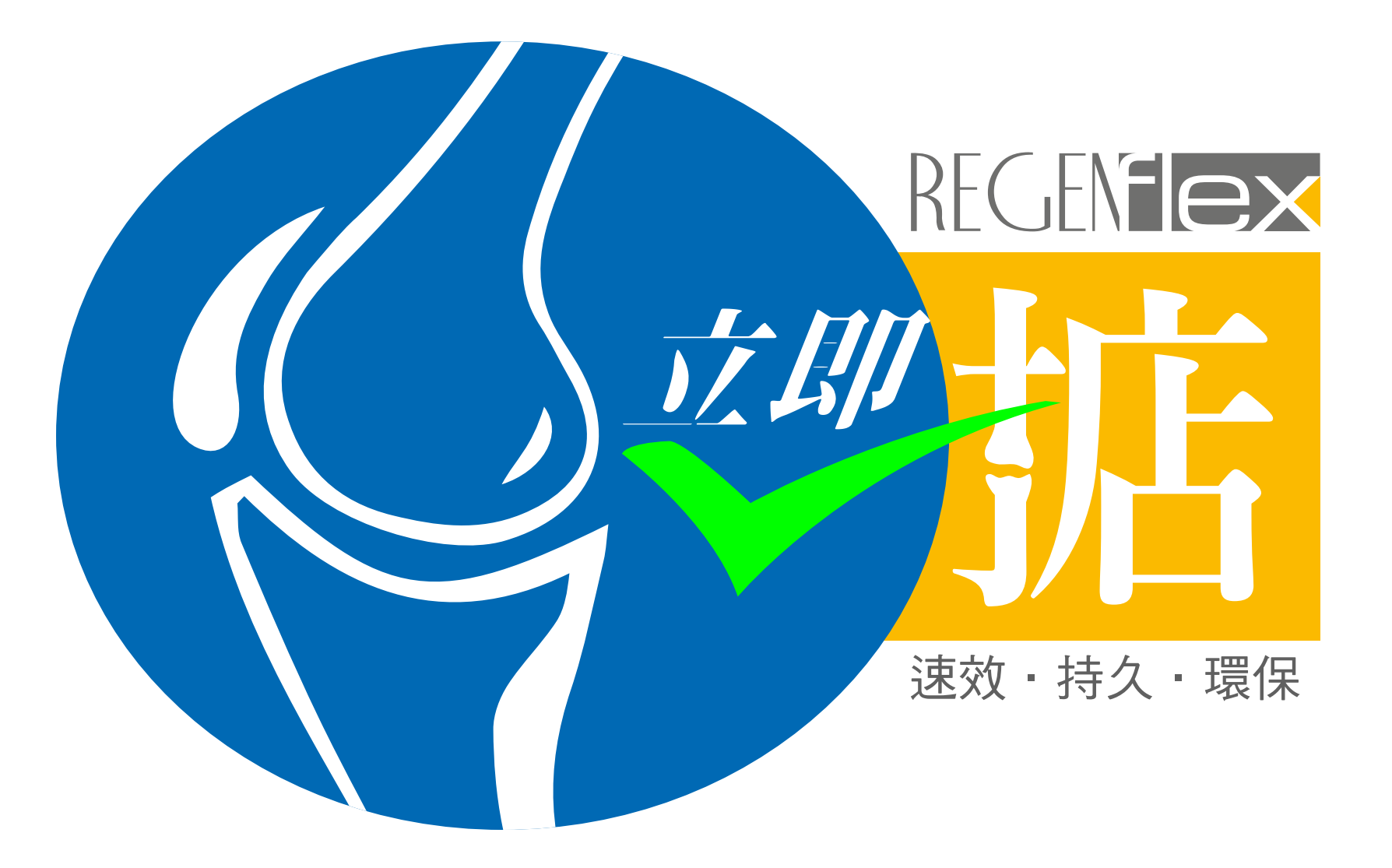What is Hyaluronic Acid (HA) ?
- It is a natural component of the connective tissue
- Given its ability to form connections with collagen, proteoglycans, fibronectin and water, it is the basis of large molecular units that support the extracellular matrix
- It is an important component of the synovial fluid
- Helps to lubricate the joint and to damp down mechanical stress (lubricating and damping function)
- Protects the cartilage against the penetration of inflammatory cells and from the lytic enzymes
Hyaluronic Acid and Joints
In trauma-caused and degenerative diseases of the joints there is an in situ decrease of hyaluronic acid, due to which the synovial fluid is less viscous. Such deficiency determines a compression of the articular function and causes pain.
THE INTRA-ARTICULAR ADMINISTRATION OF EXOGENOUS HYALURONIC ACID HELPS TO:
What risks are there for the joints?
Causes of the chondral disease
The natural age-driven degeneration of the joints, causes pain, limits movements and progressively reduces the quality of life; the overload due to obesity also determines a premature degeneration of the joints.
Repeated trauma of a joint, for example the knee, caused by some sports (football, volleyball, basketball, bodybuilding) or work (bricklayers, standing workers, earthmoving machine operators) may lead to damages of the knee cap cartilage and thus, to variable pain and quadriceps amyotrophy.
There is no clear documented information regarding anti-inflammatory medication (NSAID or CORTISONIC) in the treatment of chondral disease. Such medication is highly toxic, especially in terms of gastolesivity.
In the case of chondral diseases, the bones, which in normal conditions should slide against each other without friction because of their smooth and flexible tissue, are instead impaired in the movements.
This is due to the loss of rheologic synovial properties, that causes a notable reduction of the synovial fluid’s visco-elasticity, leading to:









